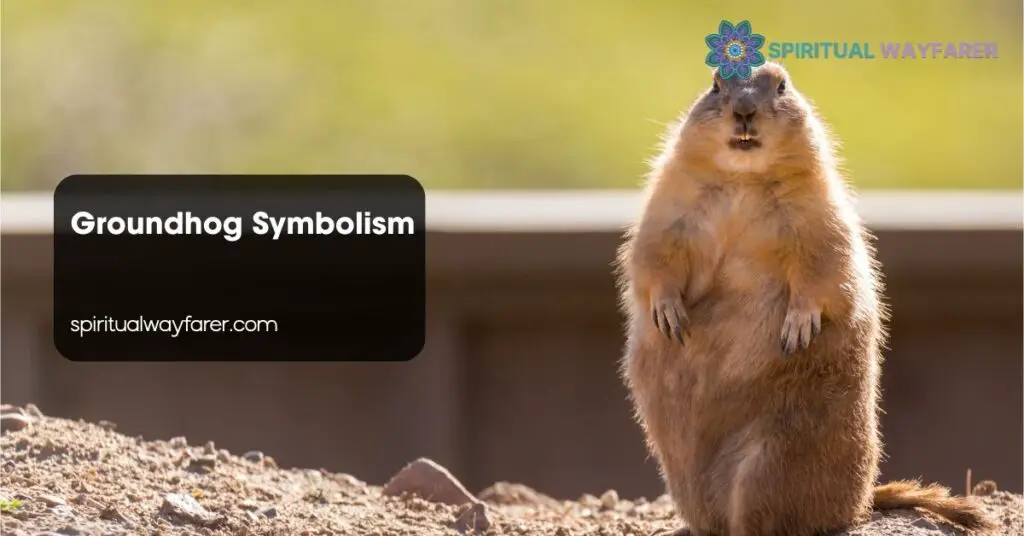Every spring, we look to the groundhog for signs of the changing seasons. But there’s more to this furry forecaster than meets the eye. Groundhog symbolism runs deep, connecting us to ancient traditions and nature’s rhythms.
As we explore the meanings behind this beloved creature, we’ll uncover how groundhogs represent renewal, foresight, and resilience. Join us on this journey to understand the rich symbolism that makes the groundhog a lasting cultural icon.
Historical Background
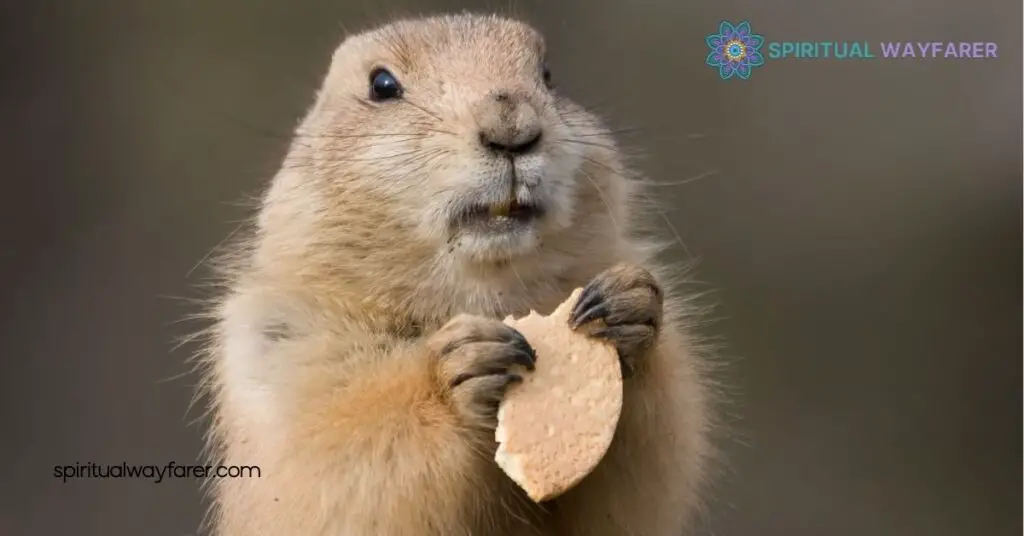
Groundhogs have long held a place of significance in various cultures. Their symbolic meanings reflect deep-rooted traditions and beliefs connected to the natural industry.
Origins of Groundhog Symbolism
Groundhog symbolism originates from ancient European traditions. Early European settlers in North America adapted the German practice of using a hedgehog for weather prediction to the local groundhog. The groundhog’s hibernation patterns made it an ideal candidate for forecasting the arrival of spring. Also, Native American tribes viewed the groundhog as a guardian of the earth, incorporating it into their spiritual rituals and seasonal celebrations. These diverse influences shaped the groundhog’s role as a symbol of renewal and foresight.
Cultural Impact
Groundhogs significantly influence cultural practices and celebrations. Groundhog Day, observed every February 2nd, exemplifies this impact by featuring the groundhog’s weather prediction as a key event. This tradition attracts widespread attention, leading to festivals, media coverage, and increased tourism in areas like Punxsutawney, Pennsylvania. Beyond celebrations, groundhogs appear in literature, artwork, and local folklore, embodying themes of resilience and the natural cycles of life. Their enduring presence in popular culture underscores their status as a lasting cultural icon.
Groundhog in Folklore
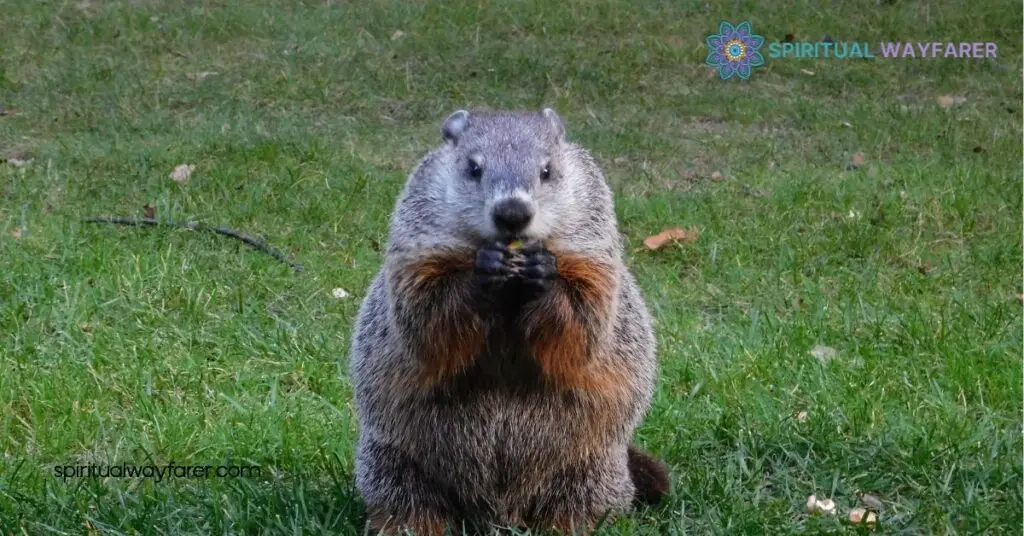
Groundhogs play a pivotal role in various folklore traditions, embodying diverse symbolic meanings across different cultures.
Seasonal Predictions
Groundhogs serve as natural indicators of seasonal changes. Native American tribes interpreted their hibernation patterns to forecast weather transitions. Early European settlers embraced this practice, leading to the establishment of Groundhog Day. Observing a groundhog’s behavior—whether it sees its shadow—predicts the length of winter remaining. This tradition continues to influence weather-related folklore today.
Mythological Stories
Groundhogs hold important symbolic roles in multiple cultural narratives. In Native American folklore, they represent death and resurrection, mirroring their hibernation cycles and the broader cycle of life. The Ojibwe tribe honors groundhogs as mediators between the living and the spiritual realms. Appalachian folk magic attributes protective and luck-bringing properties to groundhog parts, such as bones and teeth. Meanwhile, Far Eastern traditions associate groundhogs with industriousness and pragmatic thinking, highlighting their diligent burrowing habits.
Groundhog Day Significance
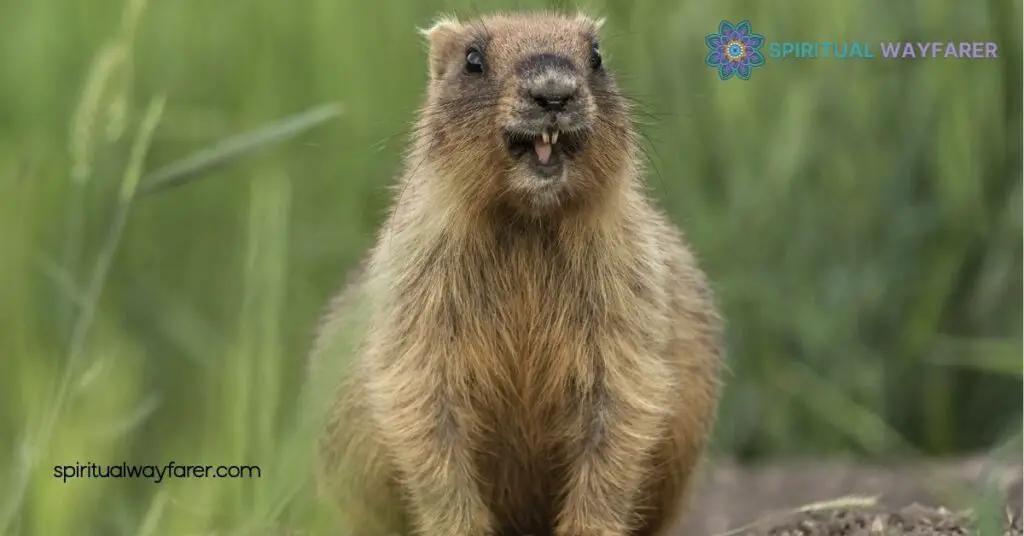
Groundhog Day plays a crucial role in our cultural traditions, embodying deep symbolism and community spirit.
Traditions and Celebrations
We gather every February 2nd in Punxsutawney, Pennsylvania, to honor Groundhog Day. The highlight features Punxsutawney Phil predicting the remaining winter days by observing his shadow. This tradition originated from early European settlers and has become a beloved annual event. Celebrations include parades, festivals, and extensive media coverage, attracting over 100,000 visitors each year. Local businesses thrive during this time, and the event strengthens our shared cultural heritage.
Modern Interpretations
Today, Groundhog Day symbolizes resilience and introspection. We see its influence in media, where stories often highlight themes of perseverance and hope. The groundhog’s hibernation mirrors our focus on self-care and personal growth, encouraging us to rely on our intuition. Environmental themes also emerge, emphasizing our connection to nature and the need for sustainability. Also, modern celebrations incorporate technology and social media, allowing us to engage with the tradition globally and keep its relevance alive.
Symbolic Meanings
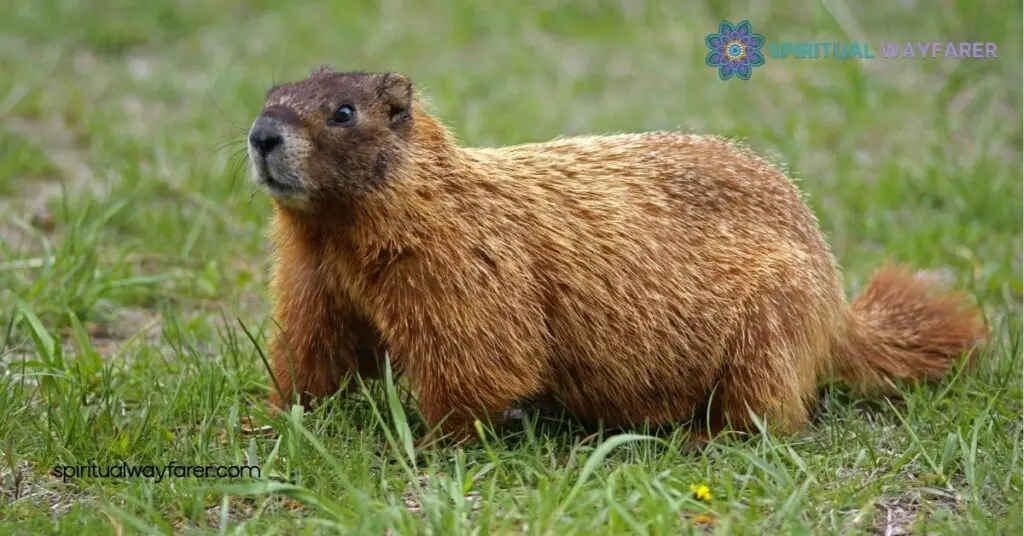
Groundhogs hold deep symbolic significance that extends beyond their seasonal predictions. These symbols reflect their natural behaviors and the cultural narratives built around them.
Groundhog as a Predictor
Groundhogs embody hope and resilience through their role in forecasting the arrival of spring. Each year, their emergence from hibernation serves as a metaphor for overcoming harsh winter conditions, highlighting human adaptability. Also, their hibernation patterns illustrate the life and death cycle, symbolizing rebirth and the continuous rhythms of nature. By predicting seasonal changes, groundhogs also represent intuition and awareness, emphasizing the importance of being attuned to environmental cues.
Groundhog in Popular Culture
In popular culture, groundhogs symbolize introspection and self-reflection. Their extended hibernation periods inspire narratives about retreating for personal growth and self-realization. Groundhogs feature prominently in literature, artwork, and folklore, reinforcing themes of resilience and the natural life cycles. Celebrations like Groundhog Day showcase their status as cultural icons, blending traditional symbolism with modern festivities. Through media and community events, groundhogs continue to represent perseverance and the enduring connection between humans and nature.
Conclusion
Groundhogs hold a special place in our cultural industry, symbolizing more than just the arrival of spring. Their enduring presence reminds us of the cycles of life and the importance of resilience. As we celebrate traditions like Groundhog Day, we connect with ancient practices and honor the deep-rooted meanings these creatures embody.
Embracing the symbolism of groundhogs encourages us to reflect on our own journeys of renewal and growth. Their ability to navigate changing seasons inspires us to stay hopeful and adaptable in our lives. By appreciating the rich heritage and diverse meanings associated with groundhogs, we strengthen our bond with nature and each other.
Eventually, groundhogs serve as powerful emblems of perseverance and the continuous journey towards brighter days ahead.
Frequently Asked Questions
What is the significance of groundhogs beyond weather prediction?
Groundhogs symbolize renewal, foresight, and resilience. Beyond their role in forecasting spring, they represent the natural cycles of life and have deep roots in ancient traditions. Their presence in various cultures highlights their status as enduring cultural icons, embodying themes of rebirth and the interconnectedness between humans and nature.
How did groundhogs become associated with Groundhog Day?
Groundhog Day originated from German traditions where hedgehogs were used for weather prediction. Early settlers in North America adapted this practice to the local groundhog, whose hibernation patterns made it ideal for forecasting spring. Celebrated annually on February 2nd, the event features Punxsutawney Phil predicting the remaining winter days, attracting thousands of visitors each year.
What are the historical origins of groundhog symbolism?
Groundhogs have been significant in various cultures for centuries. Ancient European traditions viewed hedgehogs as symbols of protection and foresight. Native American tribes saw groundhogs as earth guardians and incorporated them into spiritual rituals. These diverse symbolic meanings highlight the groundhog’s role as a mediator between the natural and spiritual worlds.
How do different cultures perceive groundhogs in folklore?
In folklore, groundhogs embody diverse symbolic meanings. Native American tribes honor them as earth guardians and spiritual mediators. Appalachian folk magic attributes protective and luck-bringing properties to groundhog parts. Far Eastern traditions associate them with industriousness and pragmatic thinking, reflecting their diligent burrowing habits and resilience.
Why is Punxsutawney, Pennsylvania, famous for Groundhog Day?
Punxsutawney is renowned for its Groundhog Day celebration, featuring Punxsutawney Phil. The event attracts over 100,000 visitors annually, offering parades, festivals, and extensive media coverage. This celebration boosts local tourism, supports businesses, and reinforces the community’s cultural heritage, making Punxsutawney a central hub for this beloved tradition.
How do groundhogs symbolize resilience and renewal?
Groundhogs emerge from hibernation each spring, symbolizing the overcoming of adversity and the cyclical nature of life. Their ability to adapt and thrive reflects resilience. This emergence also represents renewal and rebirth, serving as a metaphor for personal growth and the importance of being attuned to environmental changes.
What role do groundhogs play in modern culture and media?
In modern culture, groundhogs inspire stories of introspection and perseverance. They appear in literature, artwork, and media narratives that emphasize resilience and hope. Groundhog Day films and references highlight themes of personal growth, self-reflection, and the enduring connection between humans and nature, keeping the groundhog relevant in contemporary society.
How has Groundhog Day impacted local communities economically and culturally?
Groundhog Day significantly benefits local economies, especially in Punxsutawney, Pennsylvania, through tourism and related businesses. Culturally, it fosters community spirit and shared heritage. The event’s widespread media coverage and festivities enhance local pride and provide a platform for celebrating traditions, making it a vital annual occurrence for the community.
What environmental messages are associated with groundhogs?
Groundhogs’ hibernation and burrowing habits highlight the importance of environmental awareness and sustainability. They serve as natural indicators of seasonal changes, emphasizing our connection to nature. The groundhog’s role in forecasting and its resilience underscore the need for environmental stewardship and the protection of natural habitats.
How have technology and social media influenced Groundhog Day celebrations?
Technology and social media have expanded the reach of Groundhog Day, allowing global engagement. Live streams, online events, and social media interactions enable people worldwide to participate virtually. This modern approach ensures the tradition remains relevant, attracts younger audiences, and enhances the overall visibility and impact of the celebration.

